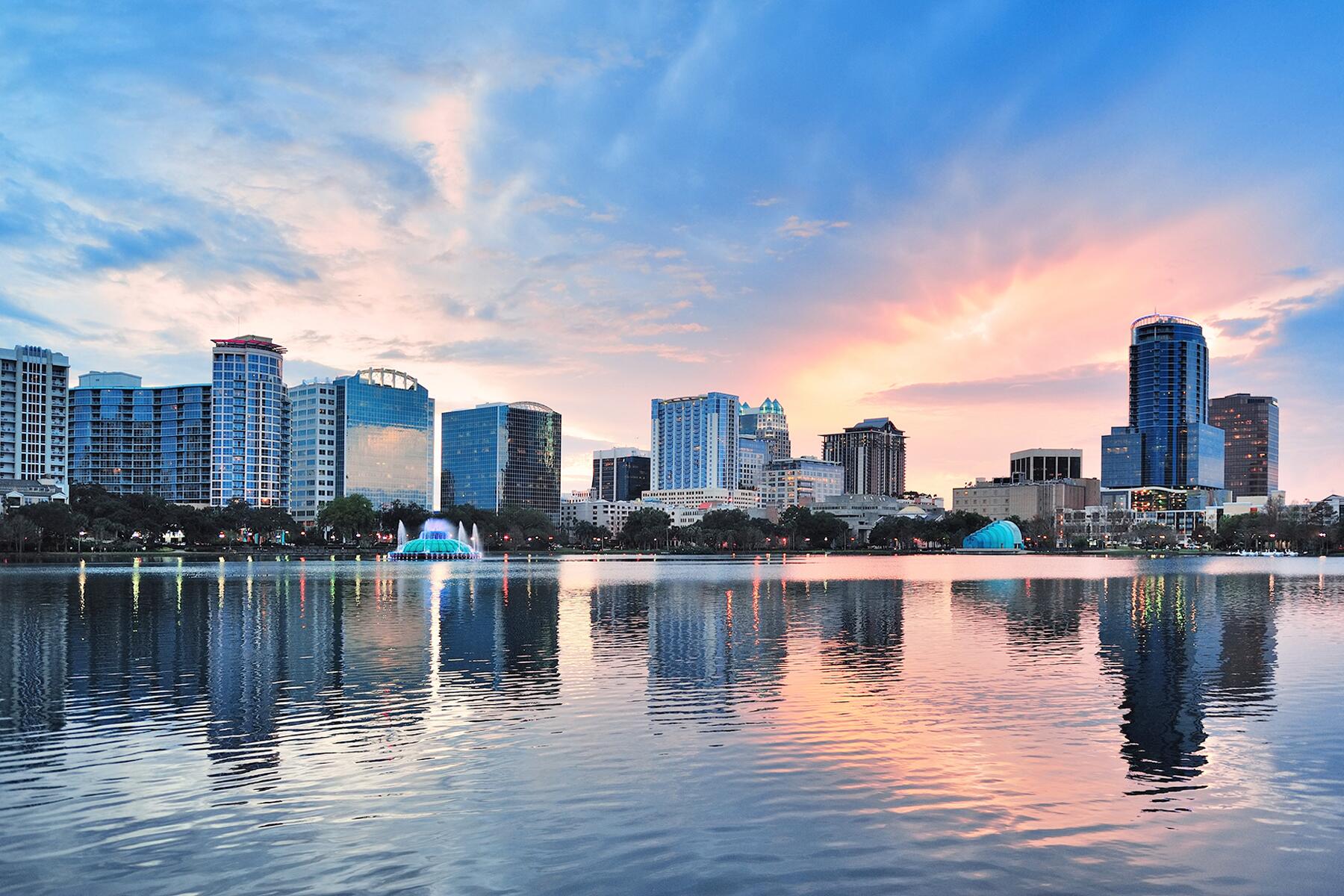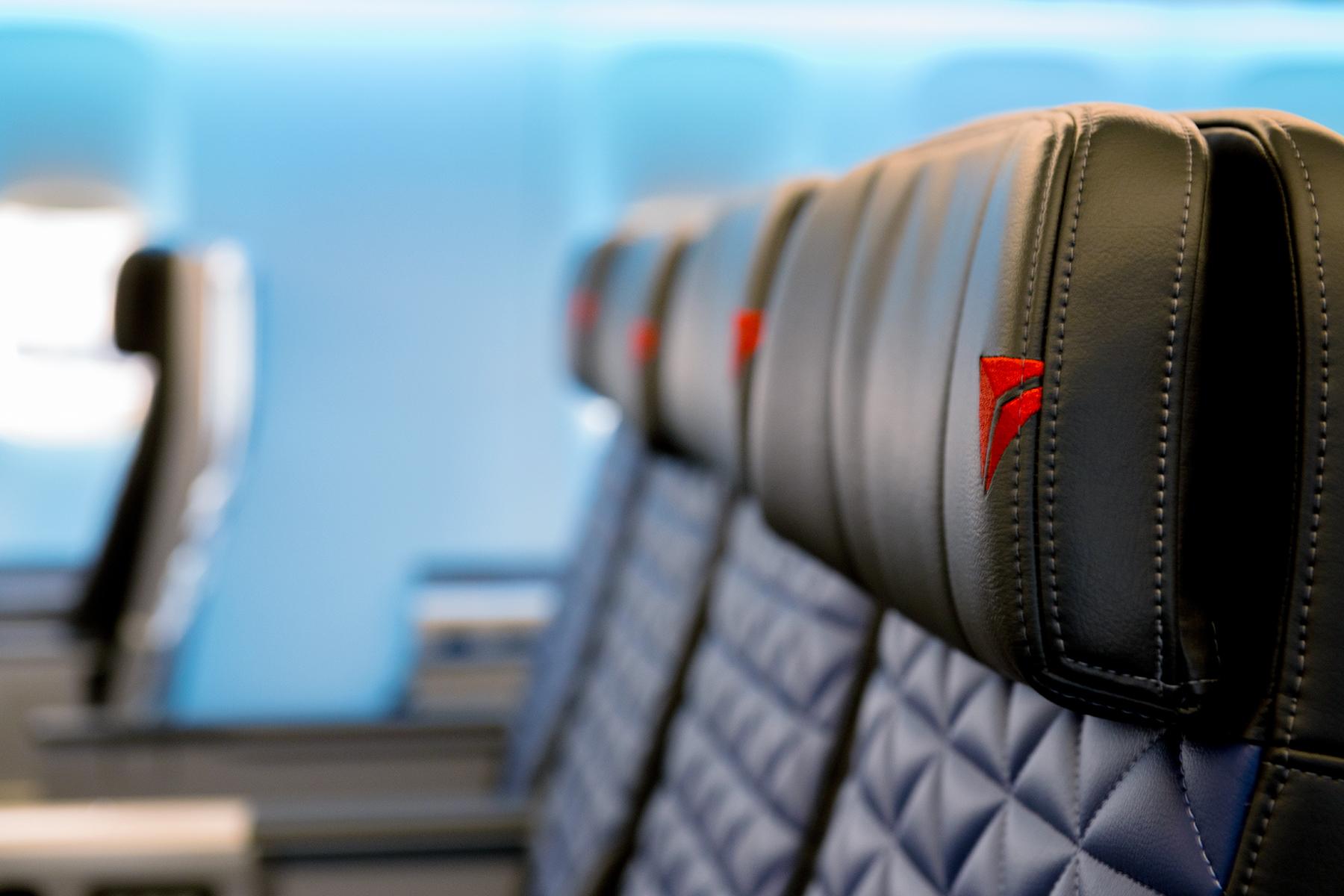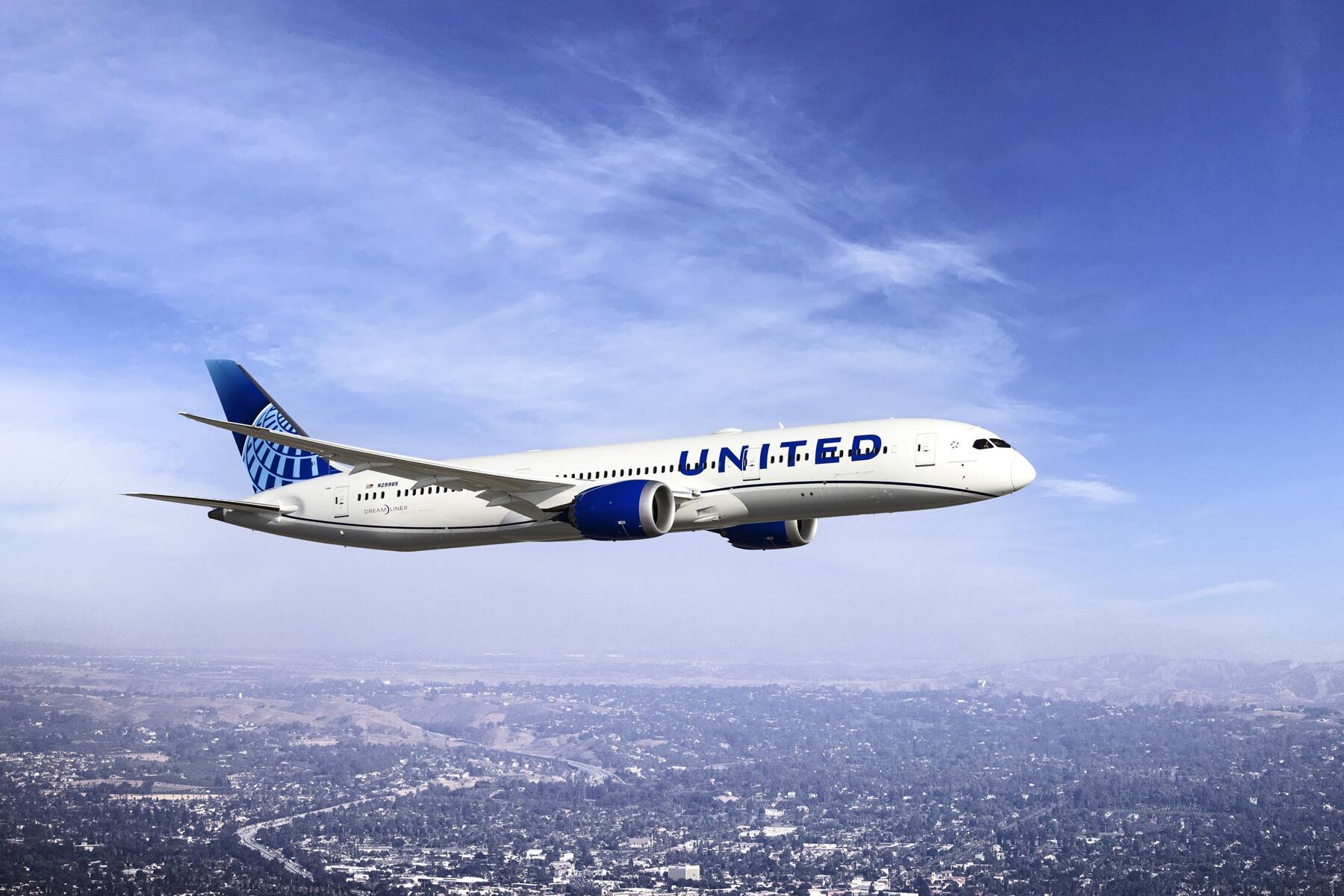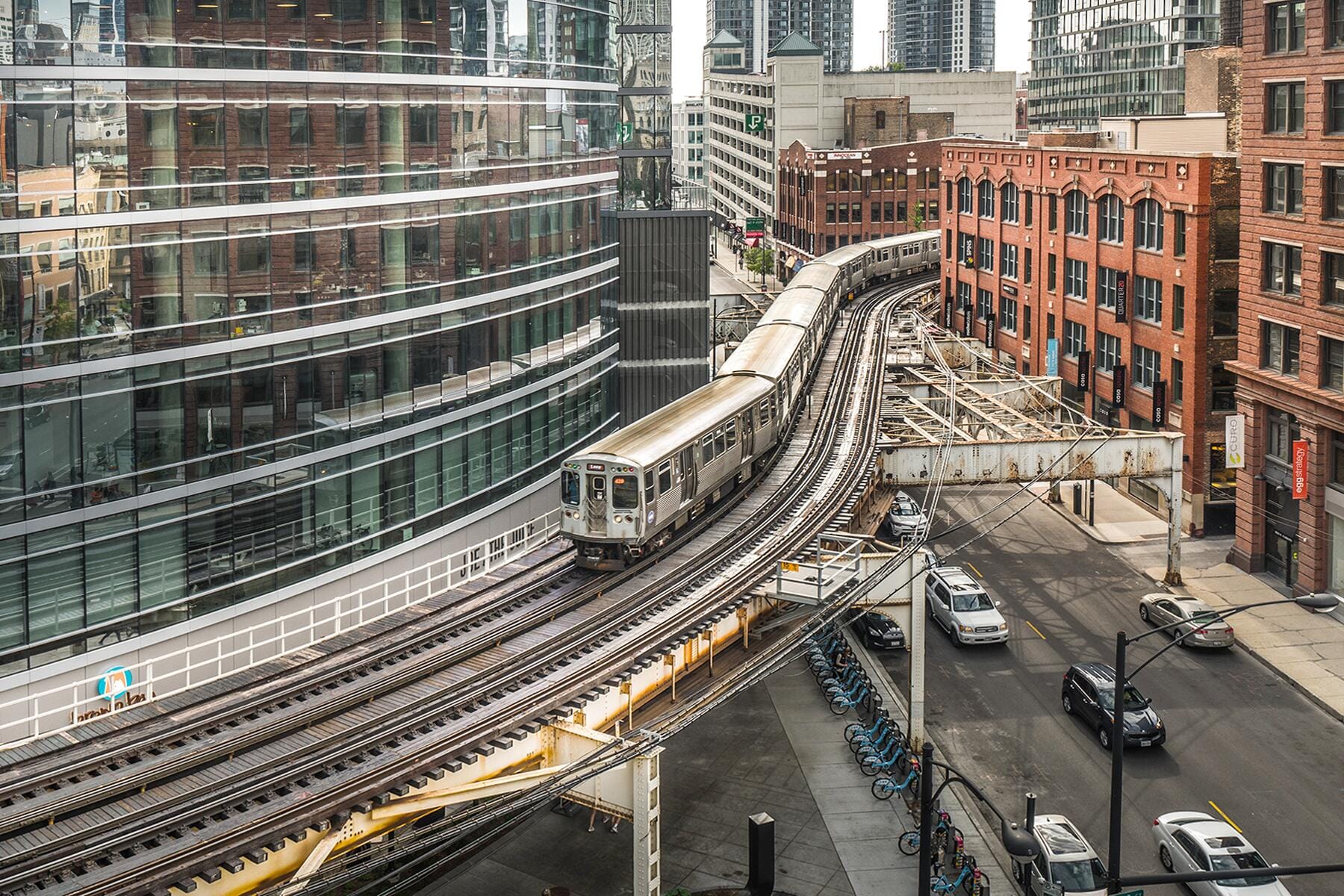Ditching the car is super easy and highly recommended in Chicago.
If you’re going to be in Chicago for more than 24 hours—and flying into either Midway, on Chicago’s South Side; or O’Hare, on the far Northwest side of Chicago—it’s beneficial to know how to use what locals call the CTA. When done right, this can be an affordable way to get around the Windy City and not waste time in traffic or trying to find a parking spot. And because the CTA is so affordable, this puts money back into your pocket that you might otherwise have spent on parking or a rental car.
The CTA stands for Chicago Transit Authority and includes Chicago’s heavy rail rapid transit that’s mostly elevated (dubbed “the ‘L,” for “elevated train,” where eight lines are denoted by color) and buses (of which there are 128 routes). As the nation’s second-largest public transportation system (only New York City’s is larger), routes cover the city of Chicago and 35 surrounding suburbs. According to the CTA, around 900,000 people use CTA every day. It operates as a system 24 hours a day, seven days a week, with two rail lines (Red Line and Blue Line) and 18 bus routes running between midnight and 5 a.m.
Particularly if you’re staying in an Airbnb in a densely populated residential neighborhood or have booked a hotel in the Loop, arriving in a rental car is going to be a serious inconvenience. Overnight parking rates at hotels can soar up to $75 per night. Multiply that by three nights (the average Chicago stay), and you’ve just paid the equivalent of a night’s stay in a hotel. Travelers who drive in Chicago usually end up in either of these two scenarios: they either park the car and never take it out (why even have it?) or plunk down hefty parking fees every time they move it (the price to have that car just went way up!). That’s not even factoring in the hundreds of times you’ve circled the block to park near a particular restaurant, museum, or performing arts venue.
Top Picks for You
Recommended Fodor’s Video

How to Pay for CTA Rides—and What They Cost
Each full CTA fare is $2.25 (for bus) and $2.50 (for rail), but there are ways to lessen the cost if you purchase a Ventra card or Ventra ticket (more on that below). Transfers are always free, so long as it’s not for more than two additional L lines or bus routes, or lasting more than two hours. Only the bus routes accept cash payments, and they must be an exact amount; transfers are not included in this case.
Passes are the best way to save money because they allow for unlimited travel during a set period. Whether you buy a one-day CTA pass ($5) or a 3-day or 7-day CTA pass ($15 or $20), the savings can be huge.
To buy a Ventra card—which can be reloaded, including through Ventra’s app—visit Ventra’s website, call 1-877-NOW-VENTRA, or visit a participating retailer on this list. The $5 card fee is refunded back to the account once you register the card.
A Ventra ticket cannot be reloaded but can be purchased from a Ventra vending machine at CTA stations. Rates here are different and should be known before buying. For example, a one-ride fare is $3, and a 1-day pass is $10.
If you’re only in Chicago for a few days and don’t want to spend time buying a Ventra card, you can always pay at turnstiles or bus fareboxes using a contactless bankcard with a symbol indicating contactless payments can be made.

Getting to and From the Airport
Chicago’s two airports—O’Hare and Midway—are both serviced by CTA routes, which makes traveling to and from your destination after landing a breeze. The O’Hare train fare costs $5 and is along the Blue Line, running 24 hours, terminating in Forest Park after traveling through the North Side, downtown, and Oak Park, for example.
Midway’s L station is on the Orange Line. While it does not operate 24 hours, it’s fairly close: departing from Midway from 3:30 a.m. to 1:05 a.m. on weekdays and 4:30 a.m. to 1:05 a.m. on Sundays and holidays. The hours are similar when arriving at Midway on this same line. It terminates in the Loop.
Both the Blue Line and the Orange Line connect with bus services to help you get to your destination in Chicago or the surrounding suburbs.



